By Eric Vandenbroeck and co-workers
Revived the Dire Wolves after Sequencing
the Species' Genome..
In a scientific
breakthrough that could forever change how humans interact with our planet,
Colossal Biosciences said it has brought back an extinct animal that last
walked the Earth roughly 10,000 years ago: the dire wolf.
For the first time,
scientists say they have successfully de-extincted a species, bringing the dire
wolf back into the world thousands of years after it died out.
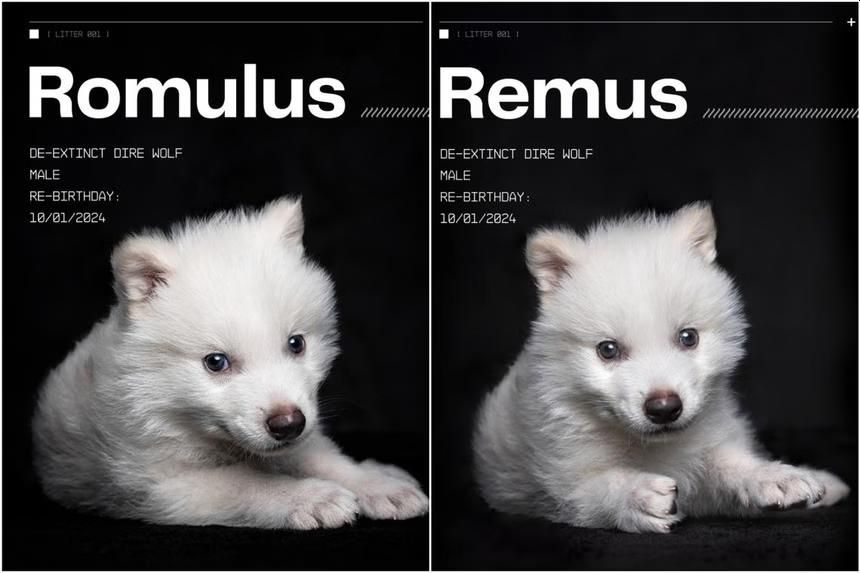
Colossal
Biosciences, a company based in Dallas, claims to have successfully bred
three dire wolves — a species that once roamed North America but has been
extinct for more than 12,500 years — using revolutionary science.
Colossal CEO Ben Lamm
said the team used DNA from a 13,000-year-old tooth and a 72,000-year-old skull
to analyze the full genome of the species and create three healthy dire wolf
puppies, according to a news release.
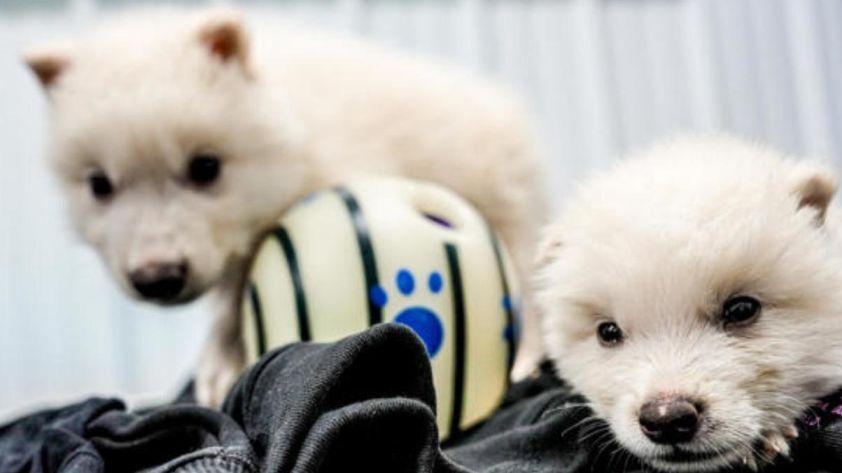
Using two dire wolf
samples from an international study on the extinct species, Colossal was able
to uncover more dire wolf DNA than ever previously found. Company scientists
were eventually able to analyze the species' genome — or its entire DNA set.
Then, they used CRISPR, a gene-editing technology, to
genetically modify cells from a living gray wolf. Usually, cloning relies on
tissue samples, but Colossal was able to use these modified cells to create
embryos and then transferred them to a surrogate (a domestic dog, The
Associated Press reported) to grow.
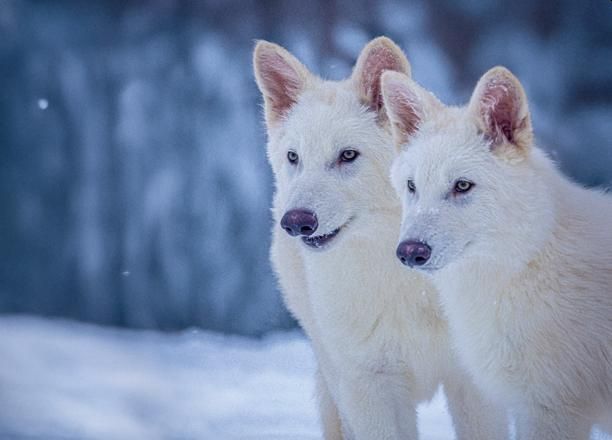
Three litters of dire wolf puppies yielded two males,
named Romulus and Remus, and a female, named Khaleesi after the "Game of
Thrones" character — a nod to the HBO fantasy drama that featured dire
wolves.
The company says the
animals are being cared for on a 2,000-acre preserve, "certified by the
American Humane Society and registered with USDA," enclosed by a
10-foot-tall fence and perimeter security.
Colossal was also able to create two litters of cloned
red wolves, which are the most critically endangered wolf in the world.
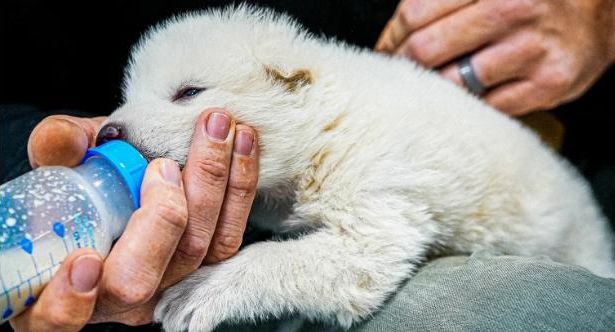
The company says its de-extinction process could help
support conservation efforts globally. "Preserving, expanding, and testing
genetic diversity should be done well before important endangered animal
species like the red wolf are lost," said Harvard geneticist and
co-founder of Colossal, Dr. George Church.
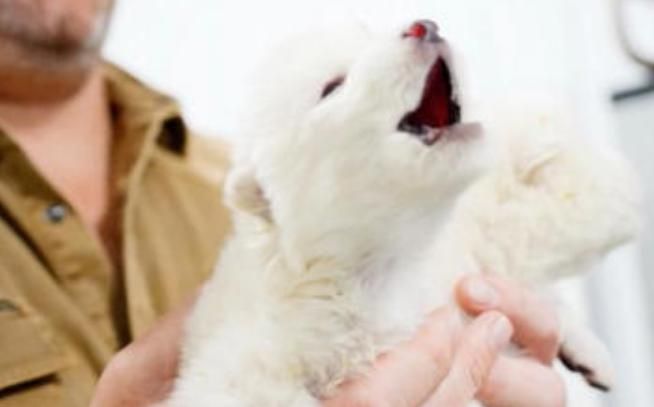
Dire wolves (Aenocyon
dirus) are an extinct carnivore that lived
throughout what are today North and South America during the Pleistocene and
early Holocene epochs (about 250,000 to 10,000 years ago). First described in
the 1850s, their fossils have been found all over the Americas, perhaps most
famously in Los Angeles’ La Brea Tar Pits.

These predators could grow up to six feet in length,
and their large skull and jaws were adapted to take down Pleistocene megafauna
such as mastodons and bison. It is thought that dire wolves died out as their
prey did.
Romulus at five months old
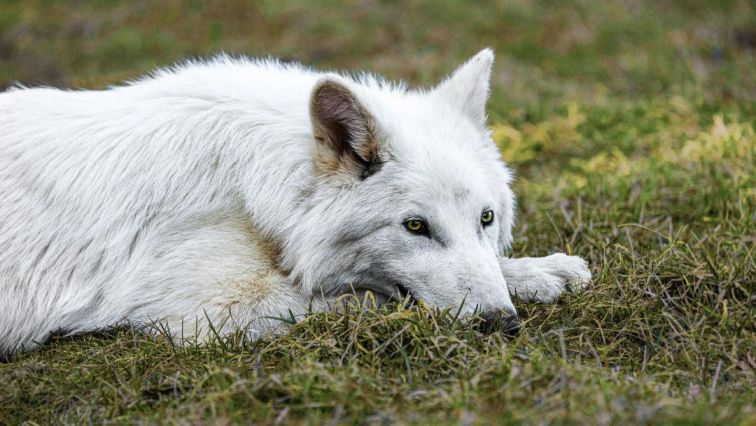
Colossal has been
collaborating with a number of Native American
communities in the US. The MHA Nation in North Dakota has expressed interest in
the dire wolf project.
“Its presence would remind us of our responsibility as
stewards of the Earth,” Mark Fox, MHA Nation tribal chair, said in a statement
released by the company.
For updates click hompage here